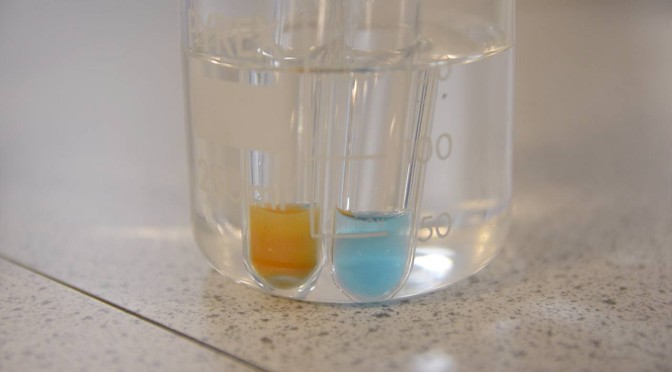As you know if you’re a regular reader of this blog, we’re big fans of using demonstrations for science teaching and have made a bunch of films about how and why to use them in the classroom. Our latest films are different – they’re about class practicals and we hope they show how these particular practicals could be used to teach specific aspects of Biology, as well as demonstrating how practicals in general might be approached to ensure their effectiveness.
The film above shows various ways to use “algal balls” in Biology practicals – they’re fun to make and a fantastic tool for doing quantitative investigations of photosynthesis. There’s more information and detailed instructions over at the SAPS website.
We’re grateful to the lovely people at Science & Plants for Schools (SAPS) for asking us to make the films – we had a blast working with them and staff from the University of Cambridge’s Faculty of Education.



